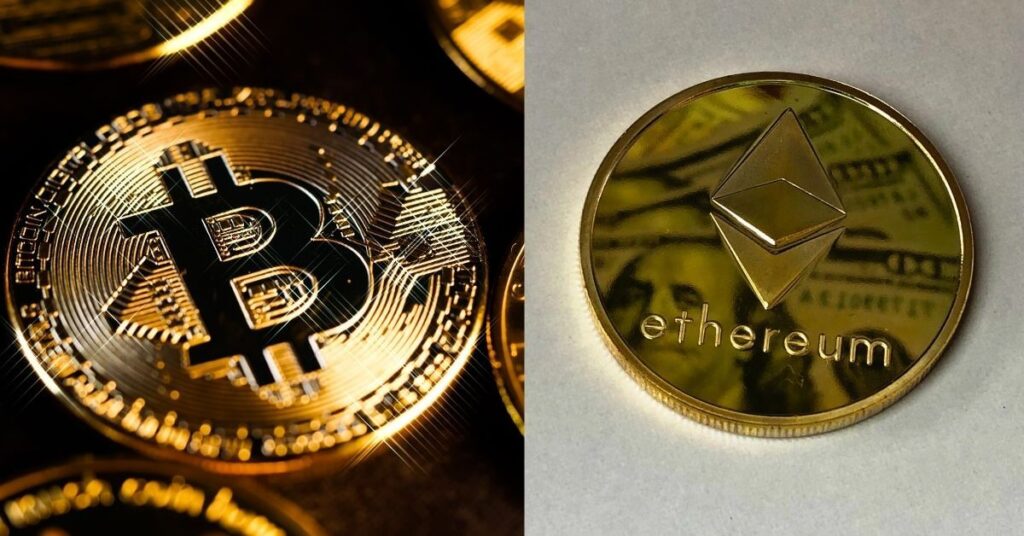Since the arrival of Ethereum in the blockchain arena in 2015, many new decentralized apps, or dApps, have been developed. However, the use of smart contracts is largely responsible for Ethereum’s success. Smart contracts were first introduced in 1996 and were defined as a collection of digitally stated promises that include protocols that govern how the parties carry out their obligations.
It is crucial to understand the Ethereum platform and how it works before delving further into the development and implementation of the Ethereum smart contract. Blockchain-based systems let programmers build and execute smart contracts. You can also rely on an Ethereum development company to develop applications and smart contracts on Ethereum as they have years of expertise and can provide a holistic solution.
Important Applications Of Ethereum:
- Make your own cryptocurrency
- Create virtual organizations
- Create decentralized applications
- Raise money
How do Smart Contracts work?
Table of Contents
The business rules or protocols that govern the ledger and all transactions on it are known as smart contracts. The main goal of a smart contract is to fulfill standard contractual requirements, such as producing a unique token on Ethereum. To ensure that all of the computations on our coin occur, we must create smart contracts. It is a standalone Solidity script that gets deployed to a specific blockchain address after being compiled into JSON. By supplying the correct information and using Ethereum to contact the built and deployed Solidity function, we can execute deployed smart contracts. A fee based on the storage capacity of the contained code is charged to install smart contracts on the decentralized database. It may also be described as a set of computer code that is kept on the blockchain network and specifies the terms on which all parties to the contract must agree.
Creating an Ethereum smart contract in steps:
Use Meta-Mask to create a wallet
Install MetaMask in your Chrome browser, then create a wallet. The next thing is to choose a password. Your account will be backed up and restored using a secret phrase that you will get after creating a password.
Choose any test network
The networks that could be present in your MetaMask wallet for testing are Robsten, Kovan, Rinkeb, or Goerli Test Network. The mentioned networks are just being used for testing. They have worthless ether solely for testing purposes.
Put a few fake ethers in the wallet
You’ll need some fake ether in the MetaMask wallet to test the smart contracts. For example, if you choose the Robsten test network for a contract, your account will initially have 0 ETH in it. Deposit Ether under Test Faucet to add fictitious ethers. Test networks can accept as many ethers as you want.
You may begin creating smart contracts using the Solidity programming language on the Remix Browser integrated development environment (IDE) after the fake ethers have been uploaded to the wallet.
Write the Solidity smart contract using editor remix
To develop the Solidity code, you can use the Remix Browser integrated development environment. The remix has several features and provides a thorough development experience, making it the ideal choice for creating smart contracts.
Make a file with the.sol extension
To generate a file with the.sol extension, launch Remix Browser and select the “Add” button located next to the browser in the upper left corner. A typical template for such tokens is ERC20.sol. Choose a compiler version from Remix to build the Solidity Ethereum smart contract code.
Contract Deployment
Press the deploy button on the Remix window and hold off until the transaction is finished. If the transaction commits successfully, the smart contract address will be shown on the right side of the remix window. The user that is implementing the smart contract will first store all of the ERC20 tokens in their wallet. To verify the tokens in your wallet, open the Metamask window, select Add Tokens, type in the smart contract address, and then click OK. There, the number of tokens would be visible.



